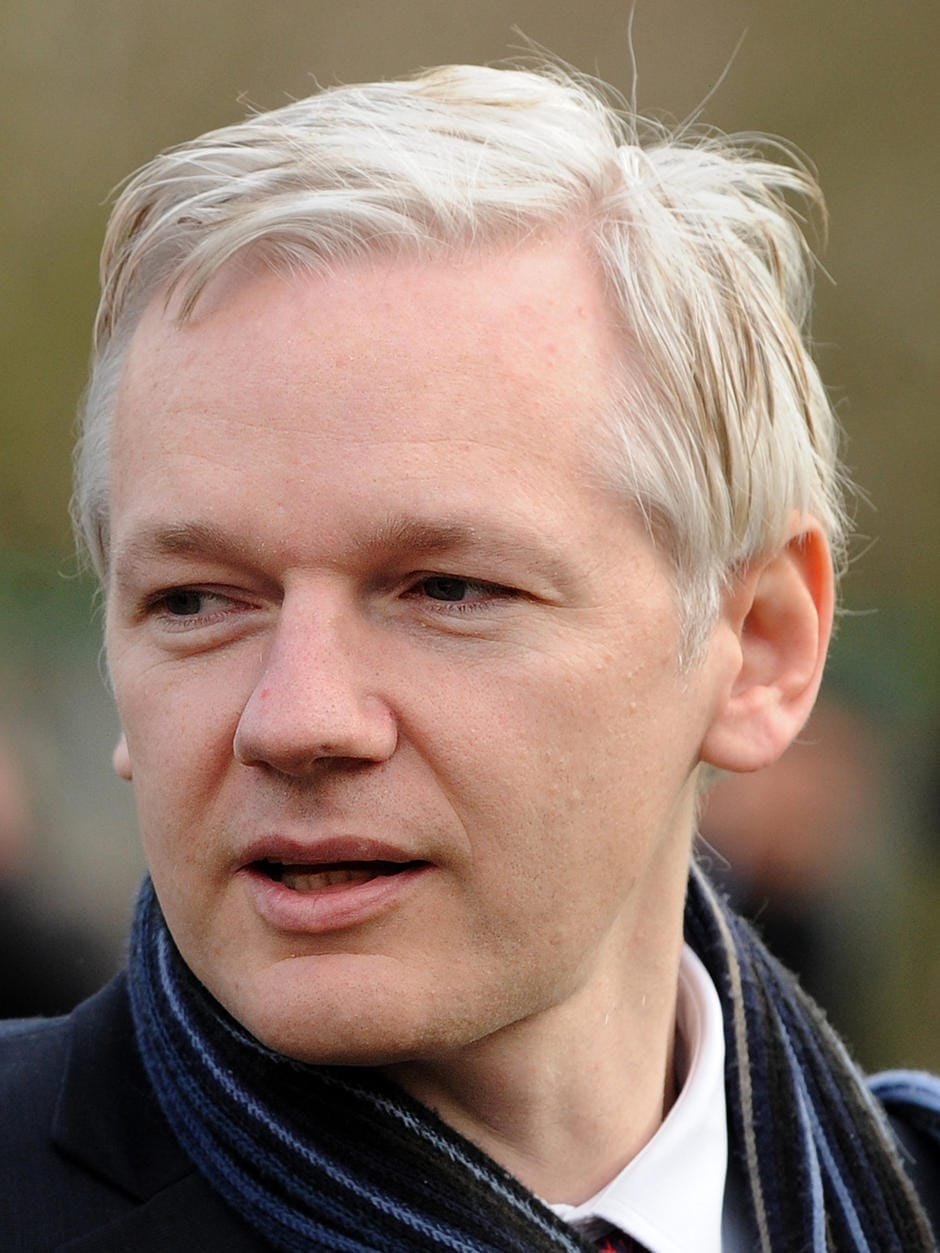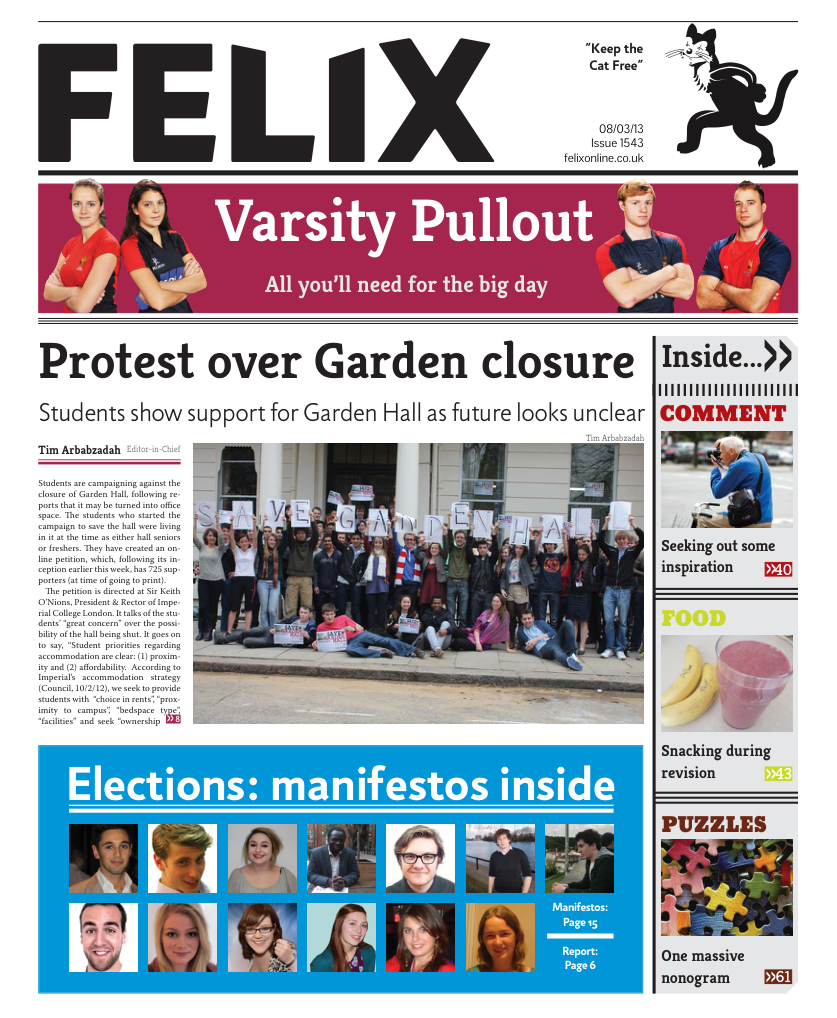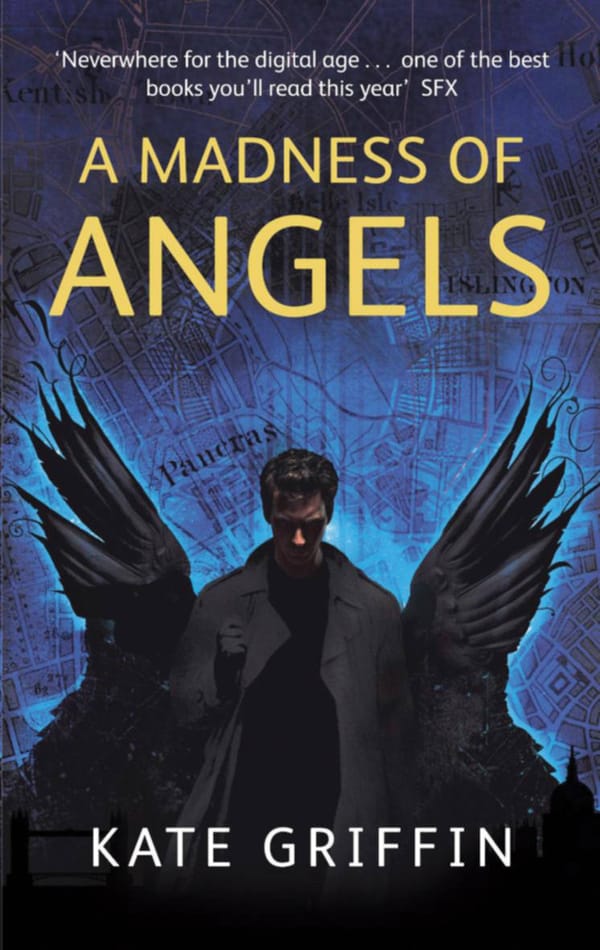Julian Assange in Sweden
Christopher Reynolds reviews a biased and inaccurate account of the WikiLeaks founder’s troubles with the law

One effect of digital distribution is that books become that would previously be unreleasable become available. This is not necessarily a bad thing, as books with potential audiences too low to justify a print run can now reach their target market. Julian Assange in Sweden however, is less a book, and more of an assemblage of internet message board rantings. Literally so, as much of the book is given over to conspiracy theories which are noted as being proposed on a Swedish internet forum (the logo of which features a cat smoking a spliff, which tells you all you need to know).
The book is ostensibly an attempt to ascertain the facts behind Julian Assange’s visit to Sweden, during which two women accused him of sexual assault. Still facing extradition, Assange remains in the Ecuadorean embassy next to Harrods. Although William Hague, who has not yet come across a situation he couldn’t make worse, initially threatened to breach the embassy, the threat was quickly withdrawn, presumably after someone had informed Hague of international law, and the situation has since remained at a stalemate.
The book initially makes pretence of being an unbiased look at the facts, with the first third of the text being devoted to reconstructing the events of Assange’s visit to Sweden. These reconstructions are based on the police interviews with the accusers and witnesses, all of which have been leaked to the internet.
The accusers’ interviews are often quite damning and humiliating for Assange, so these are confined to the back of the book as appendices, heavily annotated within the text with disputing statements, and the reconstructions mostly use the interview statements of two members of WikiLeaks: Johannes Wahlström and Donald Boström. After the reconstruction, the book then gets down to smearing the accusers and coming up with theories as to why they would make false accusations.
The most bizarre smears are directed at the first accuser (the second accuser is painted as an easily-manipulated stooge, due to her dyslexia), a high profile member of the party hosting Assange, and fall into four categories:
- Jealousy. After experiencing Assange’s lovemaking, his accuser becomes obsessed with him. When Assange moves on to another woman, she becomes furious and decides to exact revenge.
- She’s a radical feminist who hates men on principle, and inventing rape accusations is standard practice for feminists. The allegations may all have been arranged via a conspiracy of lesbian feminists, as she helped to set up a gay club. Much is made of the fact that the officer who the crime was reported to was a friend of hers and visited the club.
- To save her career. She had been on the wrong sideof a schism in her party over Afghanistan, and a newspaper for progressive Muslims she was launching flopped. Faced with the falling of her star within the party, she decided to boost her profile by the logical step of destroying a much-admired figure within her circle.
- She’s an actual CIA mole, possibly also responsible for helping the Israelis to attack the Gaza flotilla in 2010, as she had been a member of the flotilla support team.
The book proceeds to comb through huge amounts of personal information in a way that becomes creepy. No information is too trivial or irrelevant to be included. The officer who took note of the crime makes costume jewellery as a hobby. Pages are devoted to listing the photos in one of the accuser’s Flickr collection.
On the other hand, no effort is made to even scratch the surface of the background of anybody sympathetic to Assange, though a simple search of the internet reveals that Wahlström and Boström have both been involved in promoting anti-Semitic conspiracy theories.
The transcripts of the police interviews of the accusers and witnesses are all available on the web, and reading those probably represents the best opportunity for anyone trying to ascertain whether Julian Assange has a case to answer. This book fails to add anything meaningful to them, and ends up being more a demonstration of some rather worrying elements of Julian Assange’s support.









